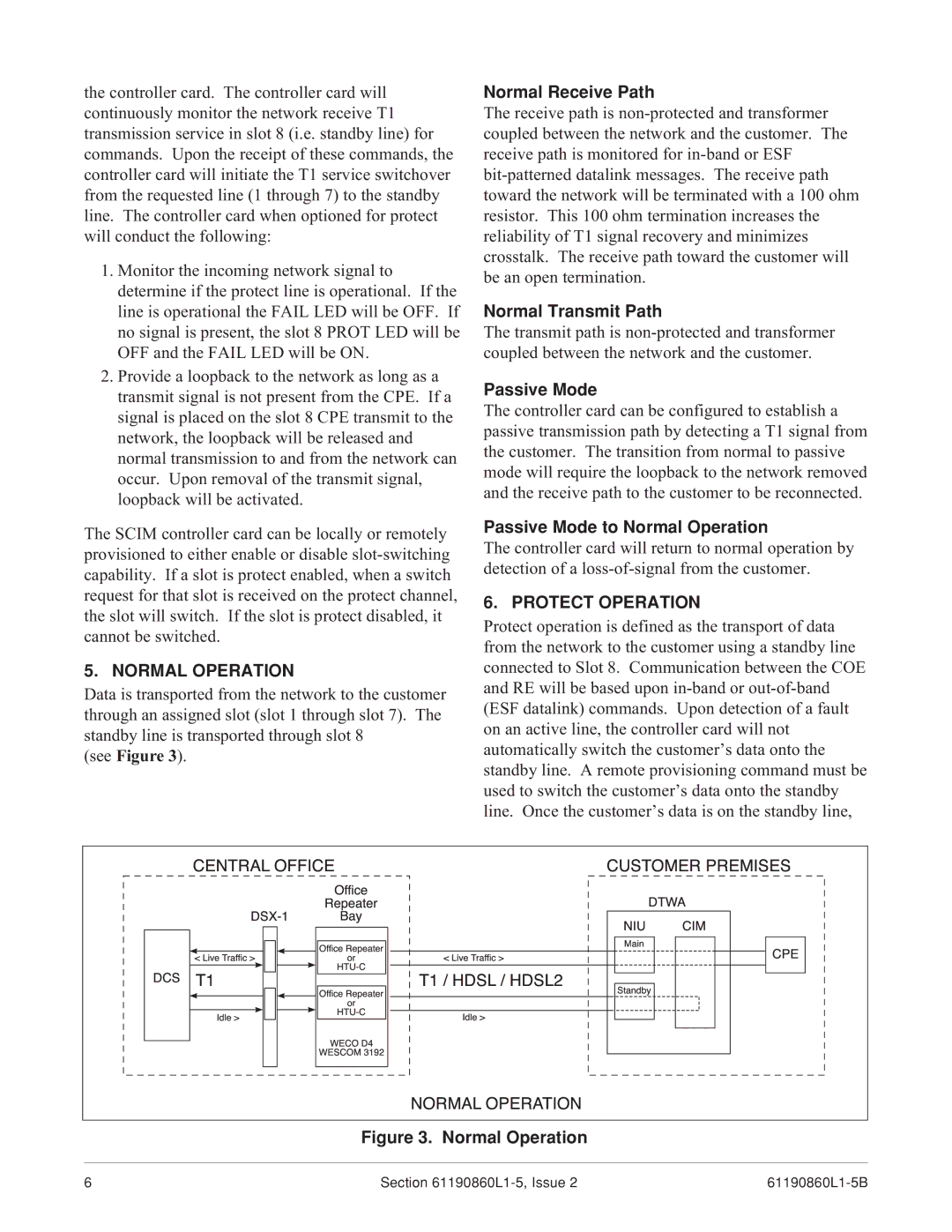1xN specifications
ADTRAN 1xN is a significant innovation in the realm of broadband network technology, designed to enhance the capacity and efficiency of data transmission in various communications infrastructures. This technology is particularly beneficial for service providers looking to upgrade their existing networks in an economically viable manner.One of the primary features of ADTRAN 1xN is its ability to support multiple optical network terminals (ONT) from a single fiber source, which drastically reduces the amount of infrastructure required for deployment. This one-to-Many approach allows network operators to extend their service reach while minimizing the cost associated with laying down extensive fiber networks.
ADTRAN 1xN utilizes both Passive Optical Network (PON) and Active Optical Network (AON) technologies. The PON technology grants high-speed data transmission rates, accommodating several service tiers and customer demands, while the AON provides enhanced flexibility and control over data flows for network administrators. This dual-faceted approach enables operators to choose the best deployment strategy to meet specific user needs, whether in residential, commercial, or enterprise environments.
Another characteristic of this technology is its scalability. Providers can easily integrate ADTRAN 1xN into existing networks without needing extensive overhauls, allowing for easy upgrades as customer demand for service increases. This feature ensures that investments in infrastructure remain relevant and capable of handling increased data loads over time.
Additionally, ADTRAN 1xN offers robust support for various applications, including Voice over Internet Protocol (VoIP), streaming media, and cloud computing solutions. The network’s architecture effectively prioritizes data traffic to ensure quality of service, critical for users relying on real-time communications.
ADTRAN also emphasizes energy efficiency in its 1xN solutions, aligning with global sustainability initiatives. By minimizing power consumption while maximizing performance, ADTRAN not only meets operational needs but also helps service providers lower their overall environmental impact.
In conclusion, ADTRAN 1xN stands out as an inventive and flexible solution for modern broadband service providers. With its combination of advanced optical technologies, scalability, extensive application support, and commitment to energy efficiency, it represents a significant advancement in delivering high-quality, reliable internet connectivity.

